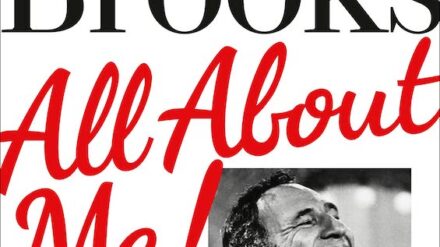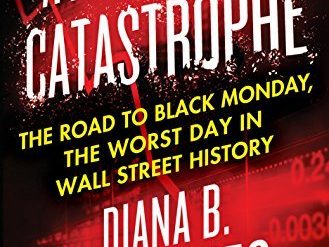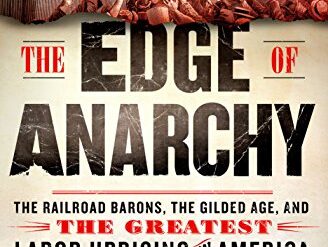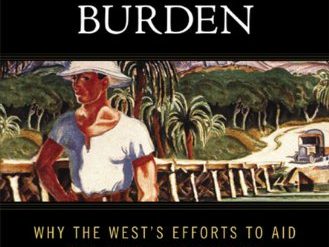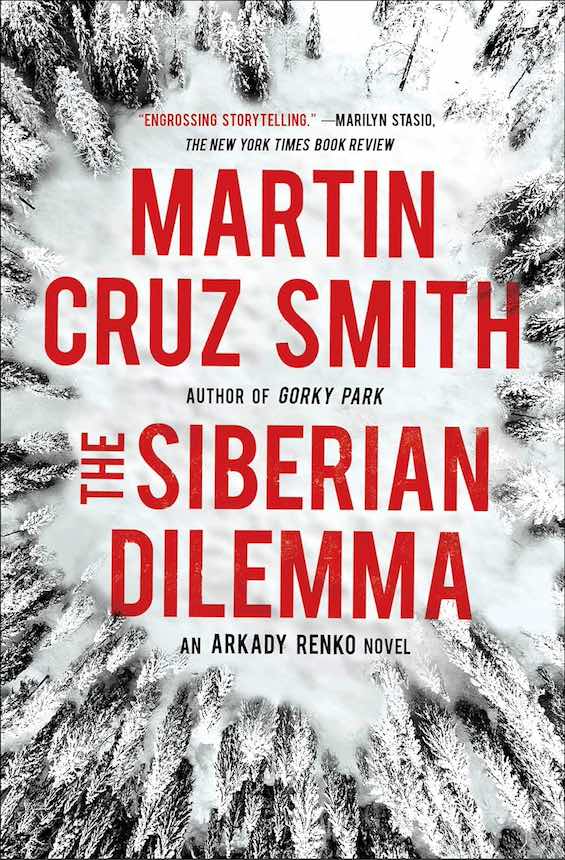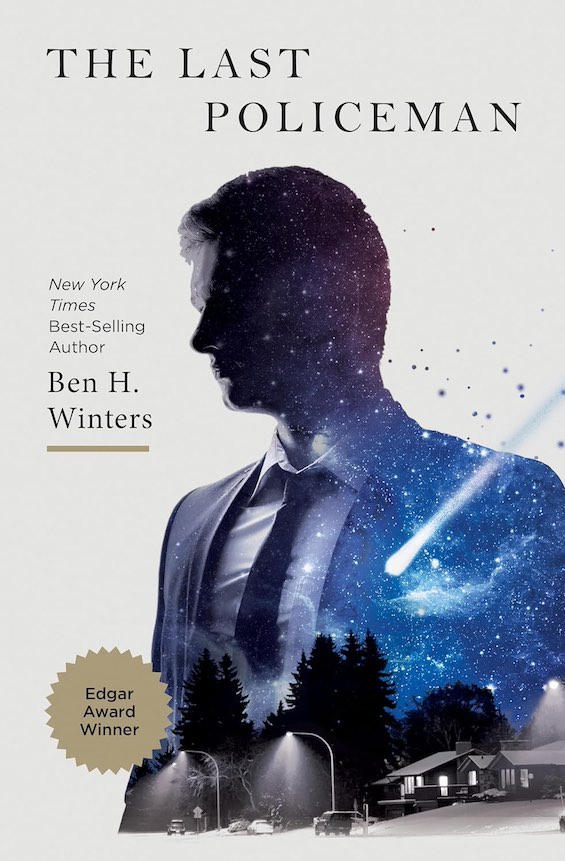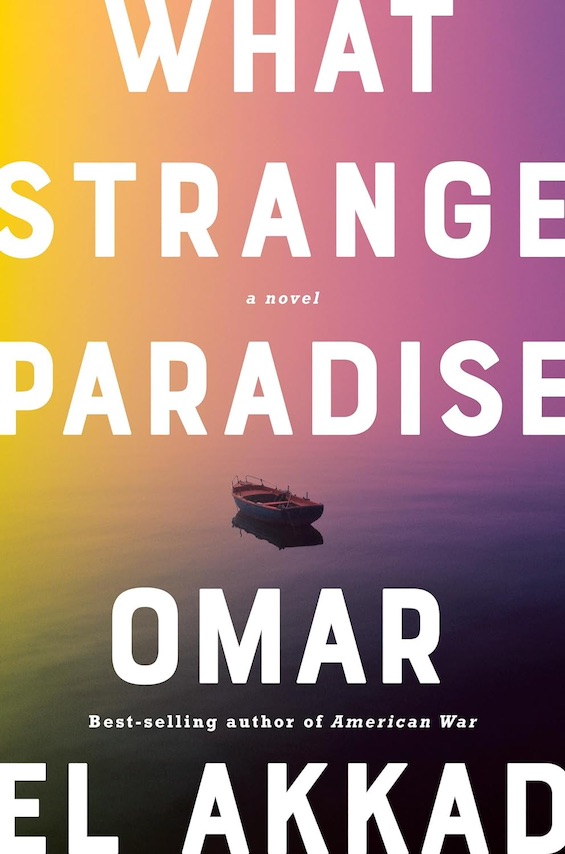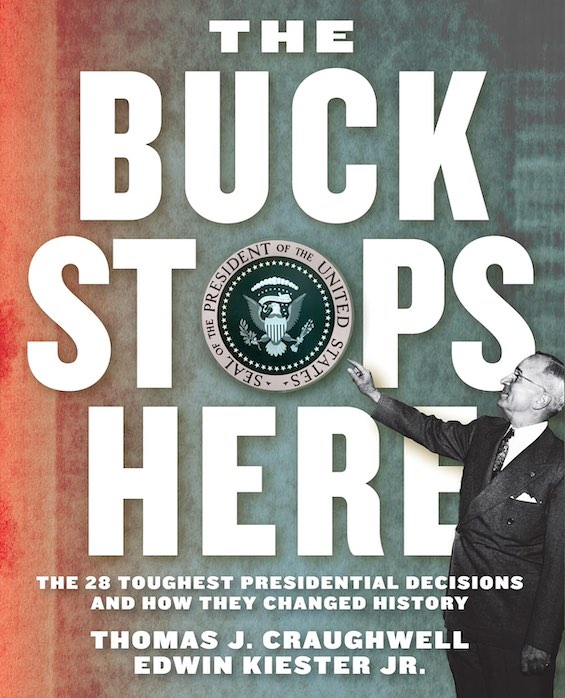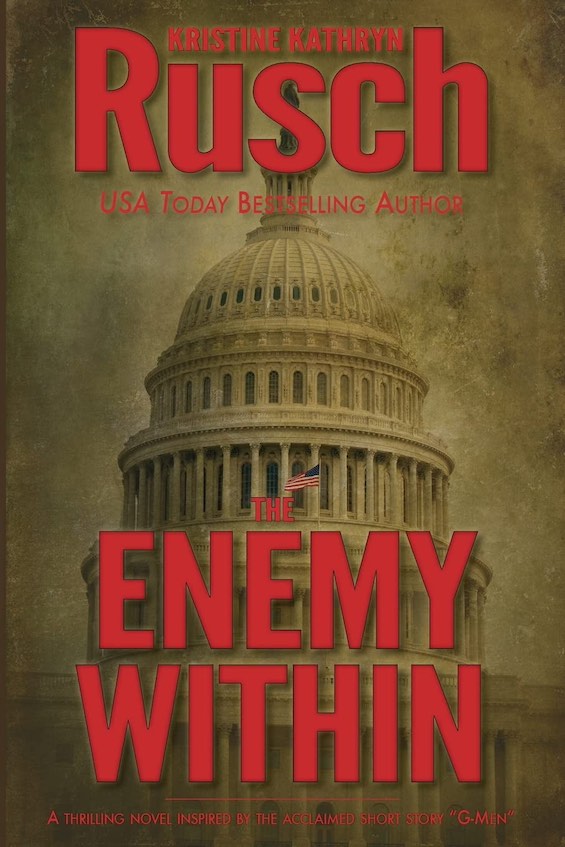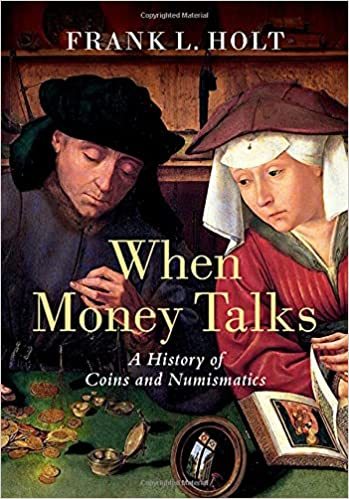
Read this book, and you’ll never look the same way again at the change jiggling in your pocket or purse. Those little bits of copper, zinc, nickel, silver, or steel are far more than they seem. Over nearly three millennia of human history, tens of thousands of different coins have made their way into circulation. Many are the principal record we have of princes and kings who led armies in conquest and altered the course of the world’s religions. And in archaeologist Frank L. Holt’s short history of coins and the people who study them, he brings snatches of this history to light. For anyone who’s ever wondered how we know what we know about the past, When Money Talks can be illuminating. The study of coins, it turns out, is a colorful subject. And the book is lavishly illustrated in color.
The study of coins, a field orphaned by academia
You’re unlikely to find a department of numismatics, the study of coins and paper currency, at your local college or university. For centuries, numismatists and archaeologists vied for academic recognition. The study of coins was highly regarded among scholars until modern times. “Numismatics has revealed massive amounts of information about world civilizations that could not be obtained by any other means,” Holt explains. But the rise of commercial coin dealers and unschooled collectors clouded the picture. The archaeologists won. And Frank Holt appears to be one of those rare archaeologists who specialize in numismatics.
When Money Talks: A History of Coins and Numismatics by Frank L. Holt (2021) 272 pages ★★★☆☆
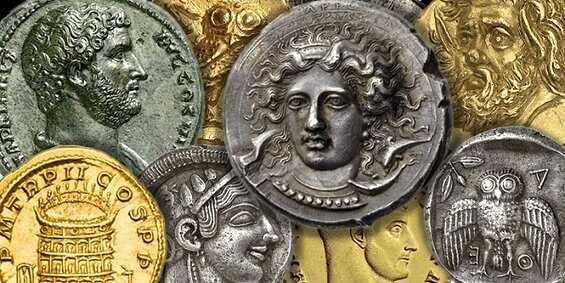
Squirrel pelts, buckskins, cattle, and salt
Coins and paper currency are only the most familiar forms of what has passed for money through the ages since the invention of coins 2,600 years ago. “Commodities such as tea, rum, chewing gum, and animal hides have also been popular forms of money at one time or another,” Holt notes. “The Finnish word for money, raha, originated as the medieval term for squirrel pelts.” Other unlikely examples include buckskins (the origin of the word “buck”), cattle, and salt. Factoids like this, along with notes about the humble origins of the words we use for money and compensation, are abundant in When Money Talks.
If the term numismatist conjures up an image of a myopic man hunched over a table, examining coins with a magnifying glass, Frank Holt will disabuse you of the illusion. “Numismatics has at times an astonishing history animated by real adventurers traipsing through exotic lands, fighting off pirates, enduring capture and torture by hinterland tribes, and in at least one case being hacked to pieces by an angry Afghan mob.” And it’s not just Indiana Jones types who have gravitated to the study of coins. For instance, “the first Roman emperor, Augustus, was a practicing numismatist.” And so have been innumerable other prominent figures throughout history, including “kings, princes, popes, and emperors.” (Me, too, as it happens. I collected modern American coins in my teenage years.)
An endless variety of coins
In today’s world, most of us are accustomed to coins of no more than half a dozen different denominations. But life in the distant past was much more confusing. “Among the ancient Greeks alone there were at least five hundred kings and queens plus almost fourteen hundred cities that struck coins,” Holt informs us. And “by 1865, one calculation of the number of ancient coin varieties so far discovered had reached 100,000.” Even today, you can find yourself hopelessly lost at a currency exchange when confronted by the Albanian lek, the Armenian dram, the Botswana pula, the Croatian kuna, and other means of exchange unfamiliar to most of us in Europe and North America. For future archaeologists, the study of coins may be just as confusing as it is for today’s.
Why do we bother with coins?
Perhaps you wonder, as I do, why we Americans continue to fuss with coins at all. After all, digital transactions are fast invading the world of finance—not just e-commerce but the use of credit and debit cards, too. And it’s the rare household that doesn’t have what Holt terms a “nuisance jar” crammed with change. No wonder. “The cent has lost almost twenty-five times its purchasing power since 1913.” In other words, it’s almost worthless. “One cent now costs nearly two cents to mint,” Holt writes, “and the U.S. produces billions of them every year at a very considerable financial loss.” Why? Politics, of course. The U.S. penny bears the likeness of Abraham Lincoln, and the Congressional delegation from Lincoln’s home state of Illinois blocks any effort to eliminate it. The study of coins in the past is richly studded with other examples of how politics has intruded.
Much of When Money Talks is delightful. Holt writes beautifully, and when he is at his anecdotal best, his prose sings. It’s fascinating to learn how many prominent figures throughout history have devoted themselves to collecting coins and to note how frequently the subject has surfaced in the works of great literature. Unfortunately, the author also devotes a great deal of the book to discussing the arcane history of numismatics in such detail that could only interest a specialist in the field. And he includes lengthy discourses on the ethics of numismatics and a peculiar chapter looking at the world from the point of the coins themselves. Neither discussion entertains or illuminates in the least.
About the author
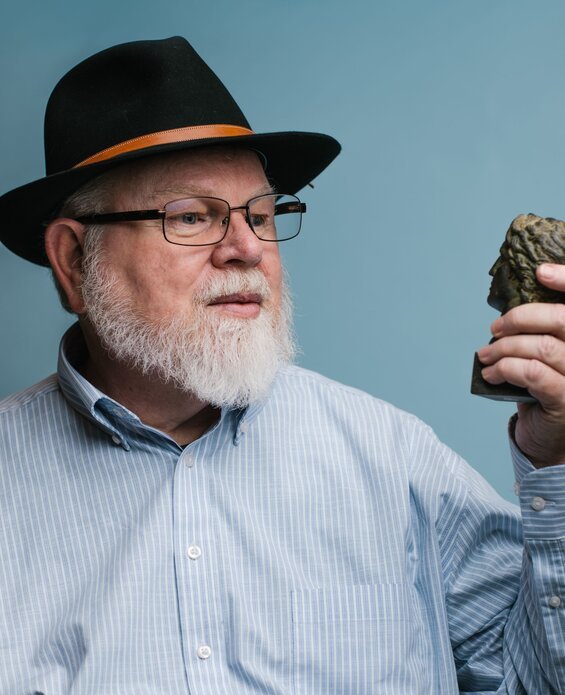
Frank L. Holt (1954-) is an American archaeologist and author focusing on Central Asia. He is an Associate Professor of History at the University of Houston, and is recognized as one of the leading authorities on Alexander the Great, Hellenistic Asia, and numismatics. When Money Talks is his sixth book.
For more reading
For other fascinating books that view history through the lens of a single activity or commodity, see:
- Empire of Cotton: A Global History by Sven Beckert (Capitalism reexamined from an historical perspective)
- The Address Book: What Street Addresses Reveal About Identity, Race, Wealth, and Power by Deirdre Mask (Who knew that street addresses meant so much?)
- Chocolate Wars: The 150-Year Rivalry Between the World’s Greatest Chocolate Makers by Deborah Cadbury (What’s gone wrong with business)
- Paper: Paging Through History by Mark Kurlansky (More than you ever wanted to know about the history of paper)
You might also be interested in 20 top nonfiction books about history.
And you can always find my most popular reviews, and the most recent ones, plus a guide to this whole site, on the Home Page.

